Different types of soils (non-statutory)
I can identify similarities and differences between different types of soil.
Different types of soils (non-statutory)
I can identify similarities and differences between different types of soil.
These resources will be removed by end of Summer Term 2025.
Switch to our new teaching resources now - designed by teachers and leading subject experts, and tested in classrooms.
These resources were created for remote use during the pandemic and are not designed for classroom teaching.
Lesson details
Key learning points
- Different types of soils have different properties.
- How and where soils are formed will affect their properties, such as colour and size of particles.
- Soils can be compared using observation skills, with a hand lens or a microscope.
- Common types of soils, based on their texture, are sandy, silt, clay and loam.
- Knowing soil type can help you choose the right plants for your garden and keep them healthy.
Keywords
Properties - The describing words we use for a material are called its properties.
Particles - Particles are very minute parts of a material or substance.
Texture - The texture of an object or material is the way it feels to the touch.
Digital microscope - A digital microscope shows magnified images of objects on a screen.
Loam - Loam is high-quality soil that is a mixture of clay, sand, silt and decaying plant material.
Common misconception
All soils are the same, they are just earth.
Through exploring different soil types and their properties with the digital microscope, children will realise that soils differ depending on where and how they are formed.
To help you plan your year 3 science lesson on: Different types of soils (non-statutory), download all teaching resources for free and adapt to suit your pupils' needs...
To help you plan your year 3 science lesson on: Different types of soils (non-statutory), download all teaching resources for free and adapt to suit your pupils' needs.
The starter quiz will activate and check your pupils' prior knowledge, with versions available both with and without answers in PDF format.
We use learning cycles to break down learning into key concepts or ideas linked to the learning outcome. Each learning cycle features explanations with checks for understanding and practice tasks with feedback. All of this is found in our slide decks, ready for you to download and edit. The practice tasks are also available as printable worksheets and some lessons have additional materials with extra material you might need for teaching the lesson.
The assessment exit quiz will test your pupils' understanding of the key learning points.
Our video is a tool for planning, showing how other teachers might teach the lesson, offering helpful tips, modelled explanations and inspiration for your own delivery in the classroom. Plus, you can set it as homework or revision for pupils and keep their learning on track by sharing an online pupil version of this lesson.
Explore more key stage 2 science lessons from the Rocks and soils unit, dive into the full secondary science curriculum, or learn more about lesson planning.

Equipment
Different soil samples, hand lenses and digital microscope if possible.
Content guidance
- Risk assessment required - equipment
- Exploration of objects
Supervision
Adult supervision required
Licence
Starter quiz
6 Questions


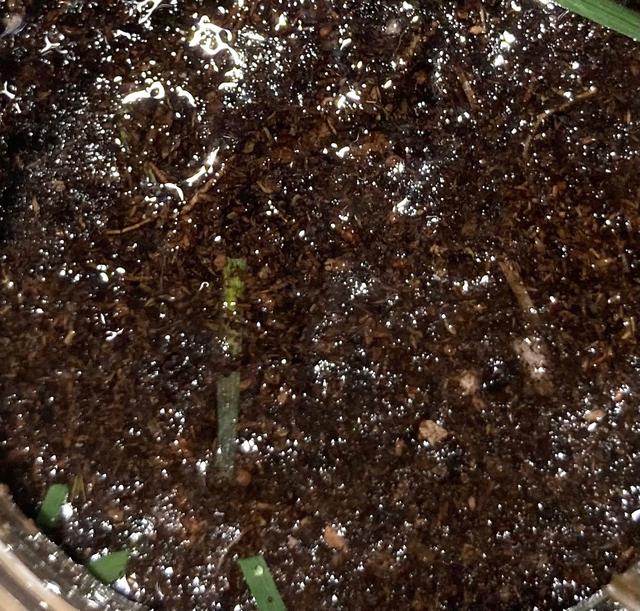

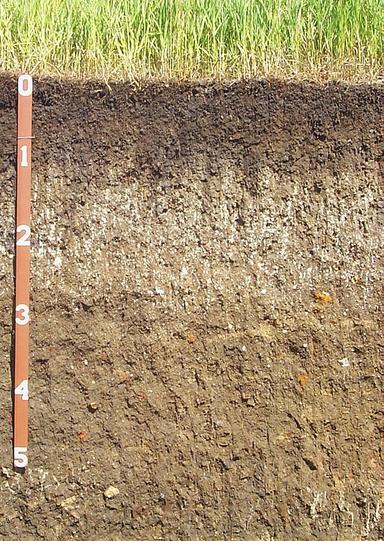
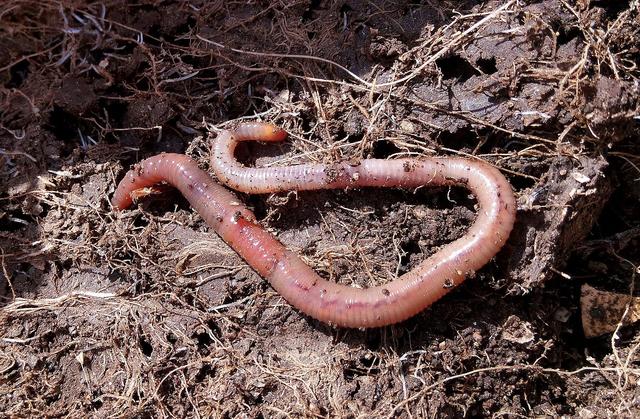
Exit quiz
6 Questions
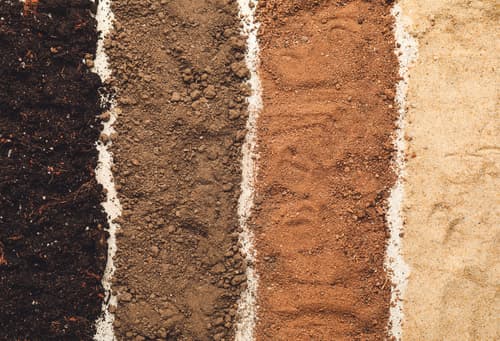

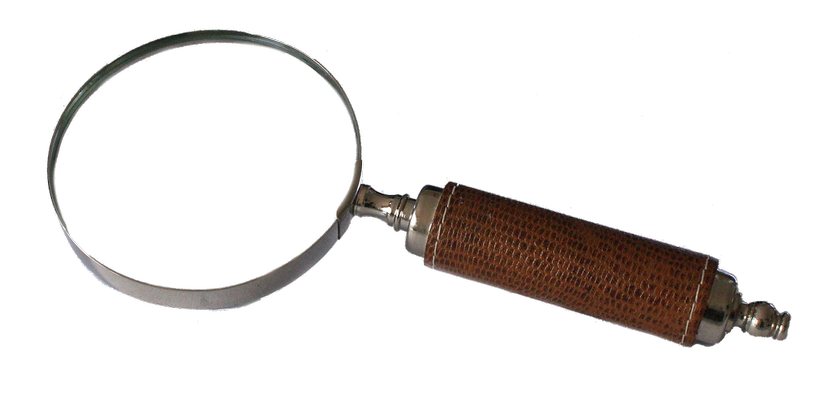

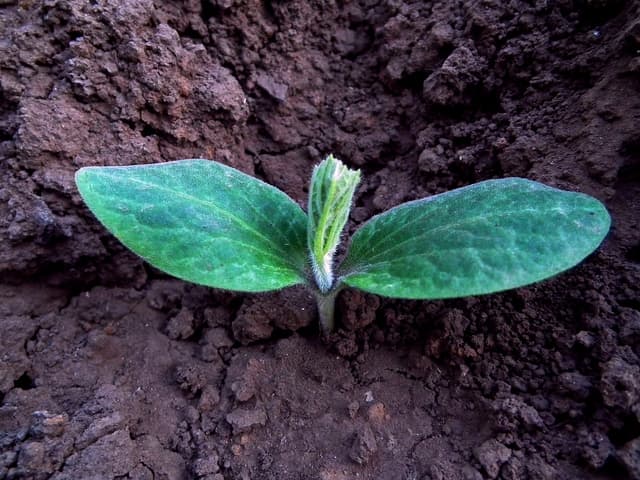

is not sticky and cannot be rolled into a ball.
is sticky and can be rolled into a ball.
is sticky but breaks apart easily when rolled into a ball.
is not sticky but it can be rolled into a ball.


